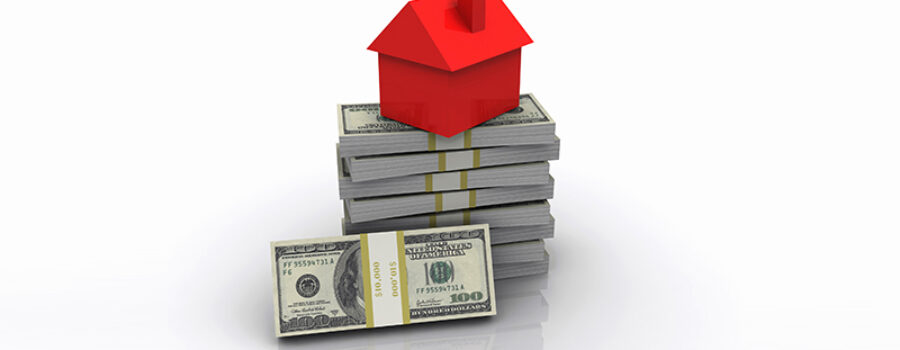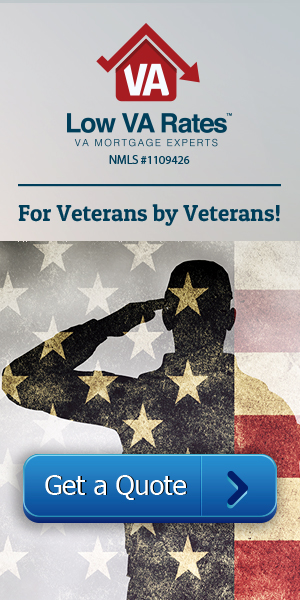VA cash-out refinance rates are very comparable to interest rates available through other VA home loans. However, cash-out refinance rates do tend to be slightly higher. The reason VA cash-out rates tend to be a little higher is because there is typically more money that is being financed. The more money that is financed, the more of a risk it is for the lender. As a result, interest rates will tend to be a little higher.
The VA IRRRL is the most popular VA refinance option. However, if you want additional cash out of your home to pay off other expenses (student debt, car loans, credit cards, etc.), you must use a cash-out refinance. If you’re sold on the benefits of the VA IRRRL, you might be hesitant to refinance with the cash-out. But VA cash-out refinance rates are very comparable to those that come with any other VA loan. You still have access to the same loan options as the other loans, such as the length of the loan and interest rate plans (fixed and hybrid ARM, for example). Even though this process does take a bit longer than the VA IRRRL, you do get the added benefit of up to 100 LTV out of your home. And you can finance from any loan into a VA loan with the cash-out.
100 Cash-Out Refinance
Many lenders will put limits on the LTV, or how much you can borrow from your home, in a cash-out refinance. Depending on the type of loan and other risk-inducing factors, the lender may only allow the borrower to take out 85 LTV. In other words, you can borrow up to 85 percent of the entire value of your home. If you’ve paid off a decent amount of your existing loan already, you’d get a sizable amount of extra cash from this loan. But if you’ve hardly paid off anything, the opposite will be true. However, with a VA loan, it is possible for you to borrow up to 100 percent LTV, minus any closing costs you want to finance in. However, some lenders may restrict this benefit further with overlays, only allowing you a 90 LTV cash-out refinance, for example, to cover added risk factors.
FHA and VA loans have very similar requirements. When it comes to the cash-out, both the FHA and VA will require an appraisal to determine the value of the home and, subsequently, how much you are able to borrow. The home being refinanced must be owner occupied. The only major difference between doing a cash-out refinance through the FHA vs. the VA is that FHA loans top out at 85 percent LTV while many VA lenders will allow up to 90 or even 100 percent LTV since the VA covers 25% of a defaulted loan.
If you aren’t sure whether the cash-out is the best option for you, you can use a cash-out refinance calculator as a preliminary measure to determine various costs. Most calculators will ask you to enter specific variables of your mortgage, including home value, balance, credit score, and interest rate in order to break down how much you will make in payments each month according to principal and interest, property taxes, insurance, HOA dues, and more.
Is the VA Cash-Out Refinance Right for You?
The VA cash-out isn’t always the best decision. For example, consider the fact that the VA funding fee will cost you around 2.3 to 63 percent of your loan amount as compared to the .5 percent required in a VA streamline. Even so, the added benefits sometimes outweigh any negatives. By getting extra cash out of your home on top of your mortgage, you will be able to open doors and feel more free since you will have the funds to pay off other debts. If you’d like to get started with a VA cash-out refinance today, call us now at 866-569-8272.






Leave a Reply
We value your privacy. Your email is safe with us.